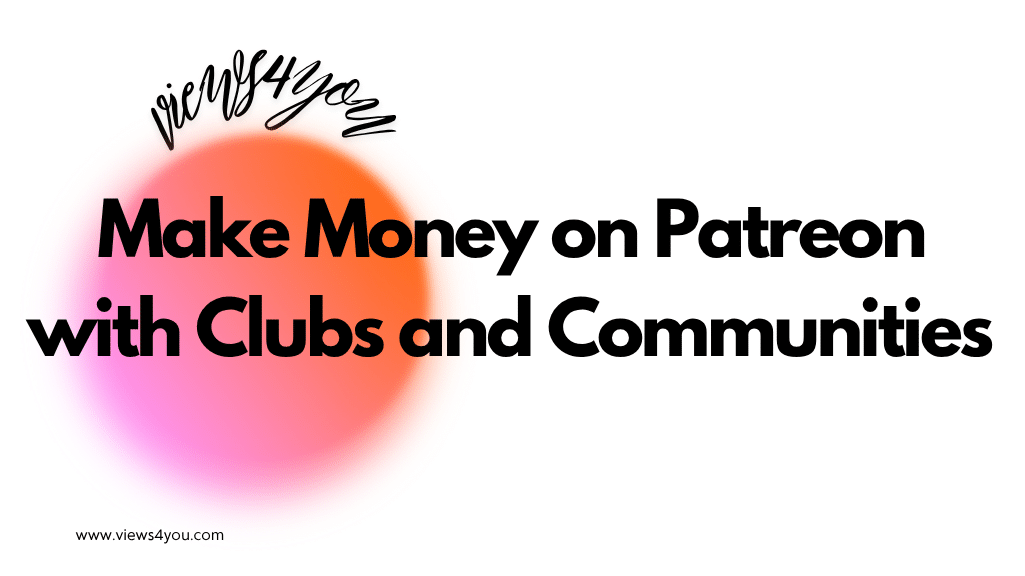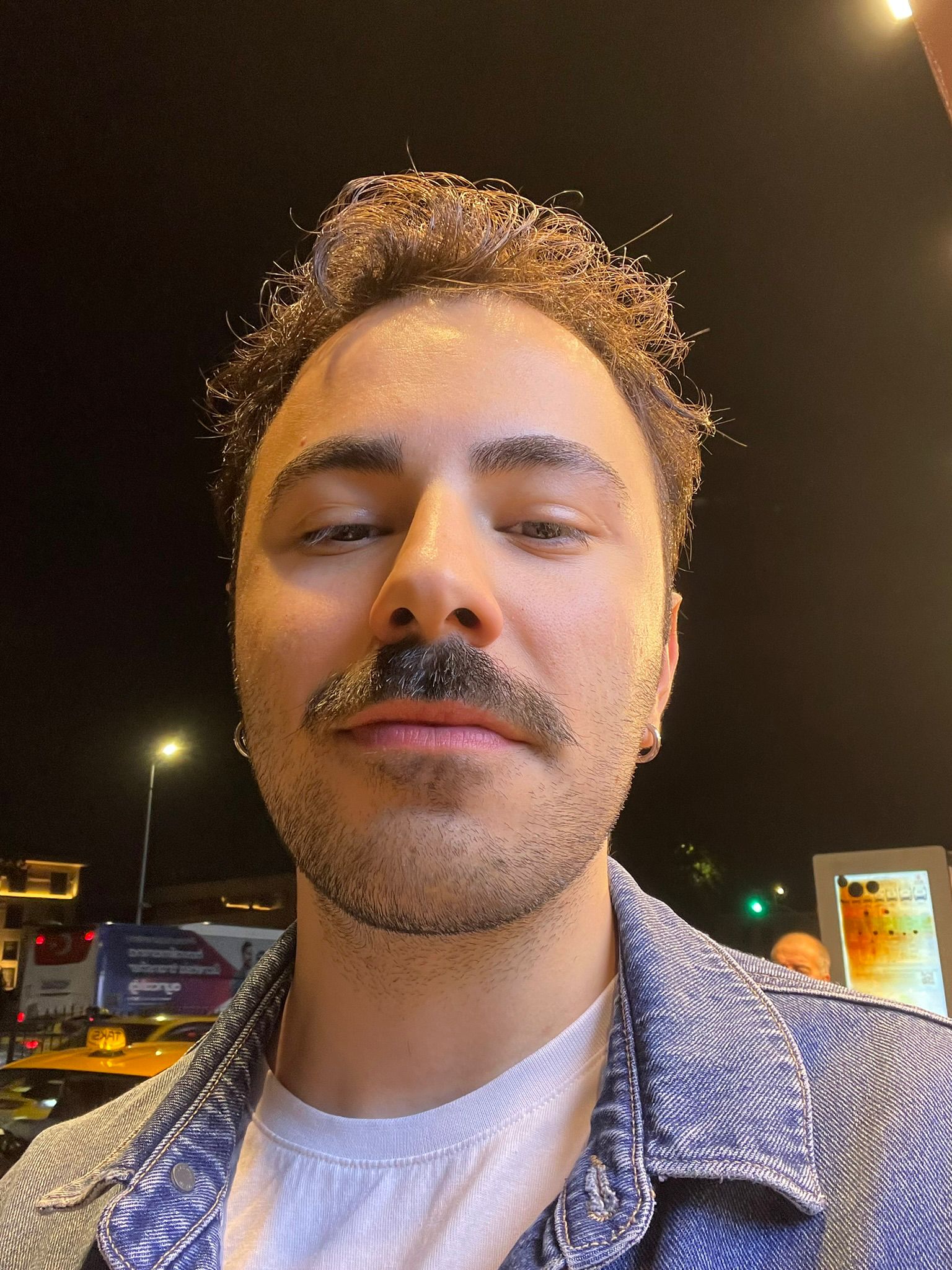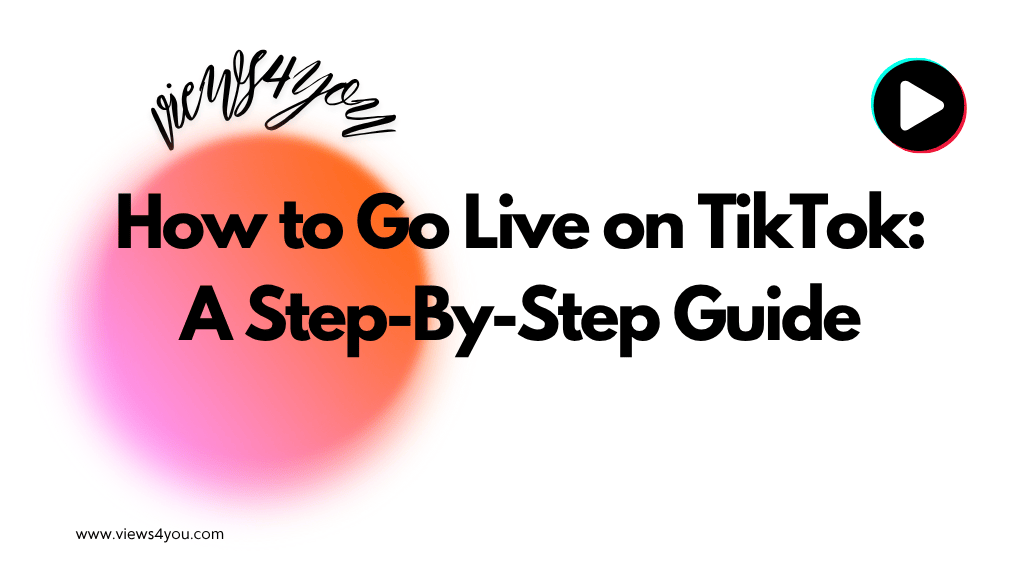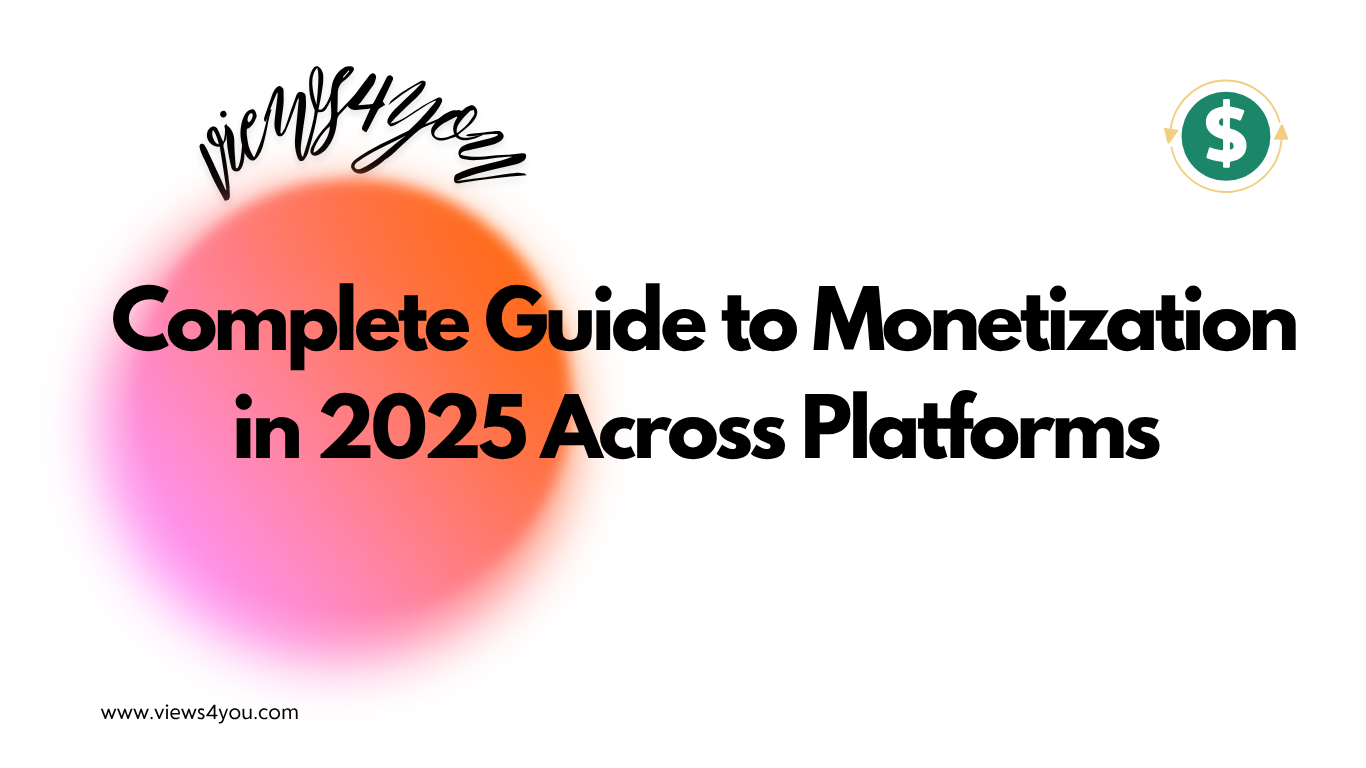ASMR meaning refers to a calming sensory response triggered by sounds, visuals, or gentle movements, and on social media, it has become one of the most powerful formats for engagement. From tapping and skincare routines to restocking videos and micro-triggers, ASMR drives high watch time, low skip rates, and strong emotional connection. Its ability to soothe viewers, travel across regions, and fit every major platform makes it a standout growth tool for creators.
If you’ve spent any time on TikTok, YouTube, or Instagram lately, you’ve probably stopped on a video without quite knowing why. Maybe it was the faint click of a lipstick tube, the soft swipe of a brush against a mic, or someone restocking a fridge with quiet precision. These moments tend to catch people off guard because they feel different from the usual fast-paced content flooding our feeds. That effect is central to what we now call ASMR, and understanding why it works has become essential for creators who want to grow in today’s social media landscape.
What ASMR Means
Before exploring its impact, it helps to understand the experience behind the term itself and what makes it so compelling. Millions of viewers return to ASMR content because it taps into a sensory response that feels both calming and personal, and recognizing that foundation makes its influence on social media much easier to grasp.
The Core Definition
ASMR, Autonomous Sensory Meridian Response, describes a gentle, soothing sensation triggered by specific sounds or visuals. For many people, it offers a sense of calm that stands in stark contrast to the speed and noise of modern platforms.
Where the Term Came From
The name originally emerged from internet communities where users tried to explain a feeling they didn’t have a label for. Once this social media term gained traction, creators began experimenting with how to translate that sensation into video, and social media quickly became its home.
Why Social Media Makes ASMR Stronger

ASMR gained momentum online because digital environments highlight details people normally overlook. When viewers hold a phone close, subtle textures, quiet taps, and slow gestures become far more noticeable. That closeness makes ASMR unusually effective in vertical, mobile-first formats.
Types of ASMR Triggers with Real Platform Examples
Different ASMR triggers tend to flourish in their own corners of social media, and each platform highlights them in distinct ways. This variety shapes how creators plan their content, choose their style, and decide which sensory elements to emphasize for maximum engagement.
Sound-Based Triggers
Sound triggers are the foundation of most ASMR content. Their appeal lies in the way they create an intimate, close-up experience that cuts through the chaos of a crowded feed.
A TikTok creator named Mia unintentionally went viral when she posted a short clip of herself tapping a ceramic mug while studying. The video had no caption and no script, just a simple sound that felt satisfying in the middle of a noisy scroll. Guess what? People wanted to watch again and again. It reached over 8 million views because viewers responded to that small, grounding moment.
Common sound triggers include:
- whispering
- nail tapping
- brushing microphones
- page-turning
- water pouring
Visual Triggers
Visual triggers have grown rapidly as platforms shifted toward aesthetic content. These videos rely on controlled movements and clear textures to hold attention.
The restocking trend is one of the best examples. A creator neatly fills a fridge with drinks, each item placed with consistent rhythm and spacing. There’s nothing dramatic happening, yet millions watch because the visual order feels calming.
Popular visual triggers include:
- soap cutting
- skincare routines
- organizing drawers
- slow makeup application
- color sorting
Personal Attention Triggers
This form of ASMR simulates gentle care or focused attention, something viewers rarely experience in their fast-paced online routines.
One YouTuber, Ari, gained a devoted following through “camera care” videos where she pretends to tidy the viewer’s space or adjust their hair. These videos aren’t elaborate; they simply offer a sense of presence, which resonates deeply in a digital world where most content demands attention rather than offering comfort.
Why ASMR Dominates Social Media
ASMR’s rise becomes much clearer when you look at how today’s social platforms function and how viewers naturally interact with content. The way algorithms prioritize watch time, the way users crave small moments of calm, and the way feeds reward sensory detail all contribute to its rapid growth.
Algorithms Reward It
Retention is the backbone of every major platform, and ASMR naturally performs well in that area. The content is quiet, steady, and easy to watch for longer than a typical scroll-stopping clip.
ASMR consistently leads to:
- higher watch times
- lower skip rates
- more replays
- comment-driven engagement (“This sound!”, “More of this please”)
These signals push videos deeper into recommendation systems.
It Offers a Break in Overstimulating Feeds
Most viral content is loud, either visually or emotionally. ASMR fills the opposite space. It gives viewers a moment to settle, breathe, and reset. That feeling of relief makes viewers more willing to follow and revisit ASMR creators regularly.
It Travels Easily Across Regions
ASMR is one of the few content formats that doesn’t rely on language or cultural familiarity. But not in a cliché “universal” way. Rather, social media highlights tiny details that feel relatable regardless of where a viewer lives.
A creator in Tokyo filming the soft texture of a cleansing balm can soothe someone in Berlin who has never used that product. A fragrance unboxing recorded in Los Angeles might relax someone in São Paulo purely through the sound of tissue paper. Viewers don’t need context; they respond to the feeling.
ASMR Across Major Platforms with Creator Stories
Each platform shapes ASMR in its own distinct way, offering creators unique opportunities to experiment with formats, discover what resonates, and grow their audience. From long-form relaxation videos on YouTube to quick sensory hits on TikTok and Shorts, the style and performance of ASMR content shift depending on where it’s posted.
YouTube
YouTube is home to long-form ASMR. Creators like Leon, known for his minimalist style, produce 30–90 minute videos centered on simple actions like typing or quiet cleaning. His “office night shift” series became a comfort routine for thousands because viewers use it to unwind before bed.
TikTok
TikTok pushes ASMR into shorter, more energetic formats. Kinetic sand slicing, slime sounds, food prep, and tapping clips perform especially well. A creator can film a five-second motion and unexpectedly gain hundreds of thousands of followers overnight.
Instagram Reels
Reels emphasizes visual neatness. Skincare textures, glossy hair brushing, drawer organization, and cleaning content thrive here. These videos often get saved for later, extending their lifespan and reach.
YouTube Shorts
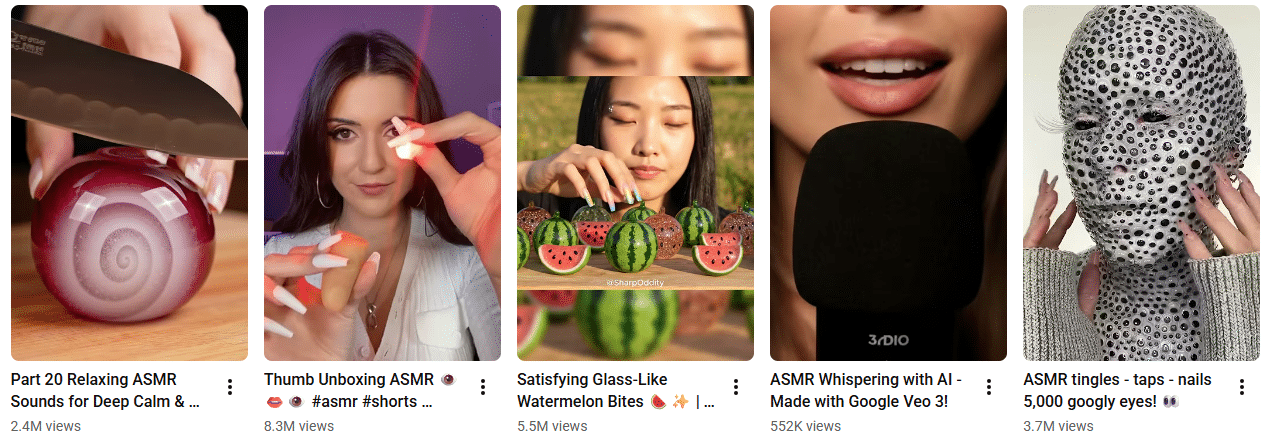
Shorts specialize in micro-triggers. A single tap, a quick scrape, a five-second pour. These tiny sensory moments gather millions of views and lead new viewers into longer content.
How ASMR Helps Creators Grow
ASMR isn’t just a relaxing niche; it has become one of the most effective growth tools available to creators today. Its ability to hold attention, spark emotional comfort, and perform well across multiple platforms gives it a strategic advantage that few other content styles can match.
1. Silent Virality
Creators often go viral without planning to. A quiet clip of someone dusting off a table or gently zipping a bag can explode simply because it feels refreshing in a loud feed.
2. Built-In Retention
Loops are especially powerful. A creator who pours soap in a smooth circle that resets perfectly keeps viewers watching the same 7 seconds multiple times.
3. Brand Identity Through Triggers
In ASMR, a single trigger can become a creator’s signature:
- “the nail tapper”
- “the coffee pour artist”
- “the whisper reader”
- “the face-brushing influencer”
These micro-identities make creators memorable.
Tips for Creators Who Want to Use ASMR Effectively
Creators who approach ASMR with a clear strategy tend to grow faster and build stronger, more loyal audiences. By understanding which triggers resonate, how viewers consume sensory content, and which platforms amplify it best, they can turn simple moments into consistent, sustainable engagement.
Start with a Strong First Second
In fast feeds, viewers decide within a heartbeat. A clear sound or clean movement pulls them in immediately.
Prioritize Clean, Balanced Audio
You don’t need expensive gear, just clarity. Good audio can turn a simple action into a fully immersive moment.
Choose a Niche That Matches Your Style
Food ASMR, beauty ASMR, cleaning ASMR, and keyboard ASMR; specialization gives creators an edge.
Post Consistently
ASMR works best when viewers form habits around it. Regular posting helps your videos become part of someone’s nightly or daily routine.
Use Light Engagement Prompts
Simple questions: “Which sound relaxed you most?” boost comments without disrupting the calm vibe.
Keep the Visual Setup Simple
Clean visuals help triggers stand out and keep the content comfortable to watch.
Try Simple Collaborations
Teaming up with other creators, especially those in beauty, food, or lifestyle niches, can quickly introduce your ASMR style to new audiences through creative collaborations. Even a short joint trigger video is enough to boost reach.
FAQs
Why do some people feel ASMR while others don’t?
Everyone processes sensory input differently, so not all viewers respond to the same triggers.
Can ASMR help with sleep or stress?
Many people find it calming, though its effects vary by individual.
Is ASMR safe long-term?
Yes. The only concern is overly loud or repetitive sounds at high volume.
How fast can an ASMR creator grow?
ASMR often scales quickly on TikTok and Shorts due to high retention and replays.
Do brands collaborate with ASMR creators?
Absolutely! Beauty, food, lifestyle, gaming, and home-care brands frequently use ASMR for sensory-focused marketing.
Can ASMR blend with other niches?
Yes. Cooking ASMR, cleaning ASMR, gaming ASMR, and lifestyle hybrids frequently go viral.




